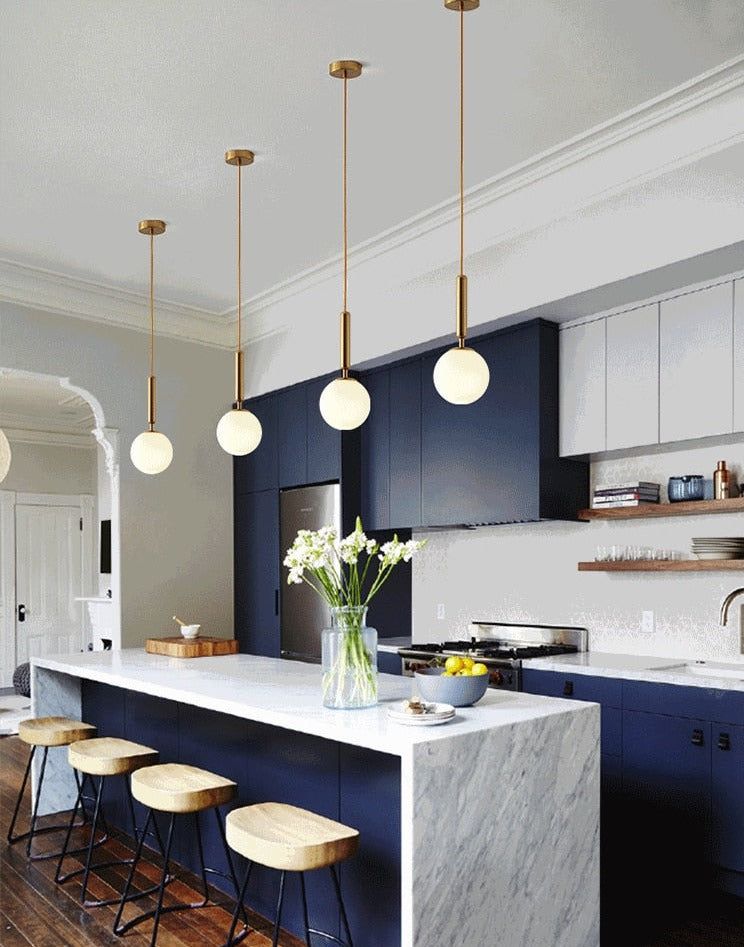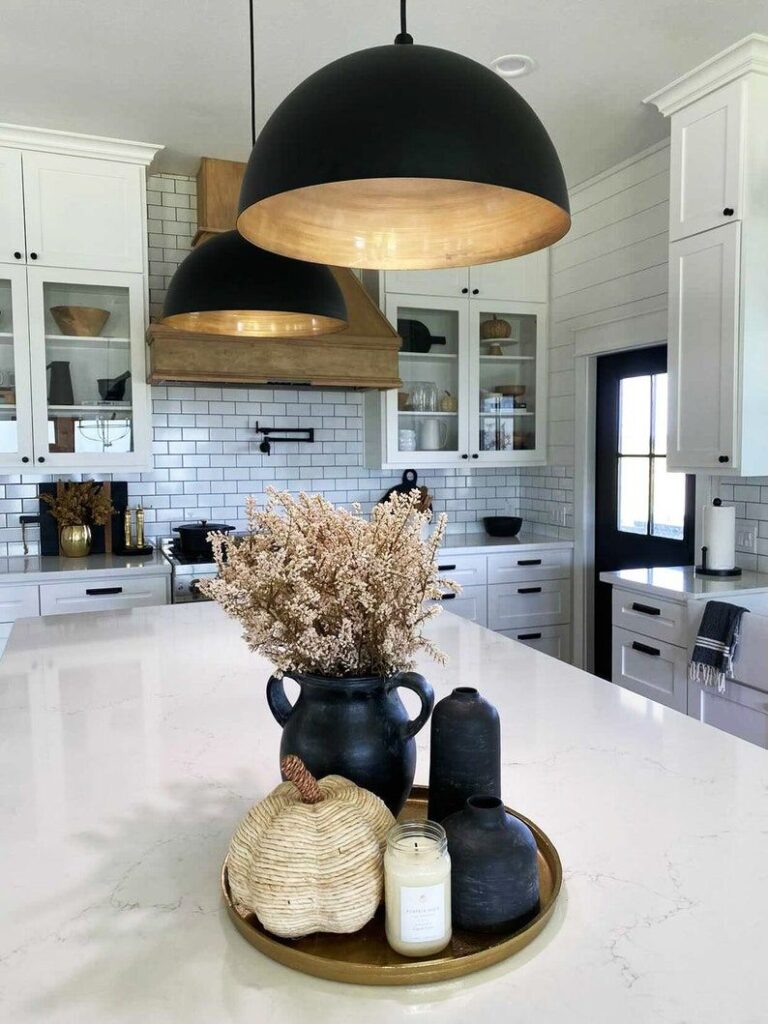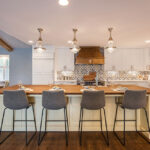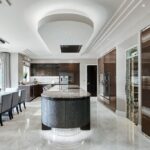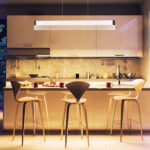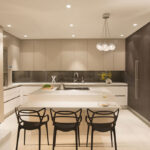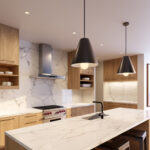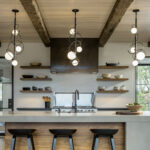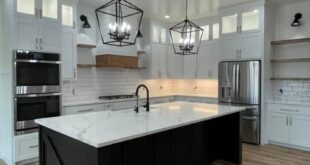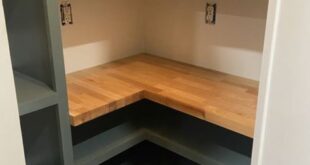The kitchen is often referred to as the heart of the home, and for good reason. It’s where we gather to cook meals, share stories, and create memories with loved ones. With so much time spent in this room, it’s important to ensure that it is well-lit to create a functional and inviting space.
Kitchen lighting serves a dual purpose: it illuminates the space for practical tasks like meal preparation and cooking, while also setting the mood for dining and socializing. When it comes to designing a well-lit kitchen, there are a few key principles to keep in mind.
First and foremost, it’s important to have layered lighting in the kitchen. This means incorporating different types of lighting – ambient, task, and accent – to create a balanced and functional space. Ambient lighting provides overall illumination and can be achieved through ceiling-mounted fixtures like recessed lights or pendant lights. Task lighting, on the other hand, focuses on specific work areas such as the countertops and stove. Under-cabinet lighting, track lighting, or strip lighting are great options for task lighting. Finally, accent lighting can add depth and visual interest to the kitchen, highlighting features like a beautiful backsplash or workspace.
In addition to the type of lighting, the placement of fixtures is key in creating a well-lit kitchen. When planning the lighting scheme, it’s important to consider the layout of the room and the different zones where lighting is needed. For example, pendant lights over the kitchen island can serve as a focal point and provide task lighting for meal prep. Recessed lights or track lighting above the countertops can illuminate workspaces, while under-cabinet lighting can highlight the beauty of the cabinetry and provide additional task lighting.
Another important factor to consider when selecting kitchen lighting is the color temperature of the bulbs. Warm white light (2700-3000 Kelvin) is recommended for general kitchen lighting, as it creates a cozy and inviting atmosphere. For task lighting, cooler white light (3500-4000 Kelvin) is preferable, as it provides better visibility for cooking and food preparation.
When it comes to kitchen lighting, the possibilities are endless. Whether you prefer a modern look with sleek pendant lights or a more traditional style with classic chandeliers, the key is to design a lighting scheme that suits your needs and complements the overall aesthetic of your kitchen. By incorporating layered lighting, strategic placement of fixtures, and the right color temperature, you can create a well-lit kitchen that is both functional and beautiful.
 Decorationg Interior Design
Decorationg Interior Design
